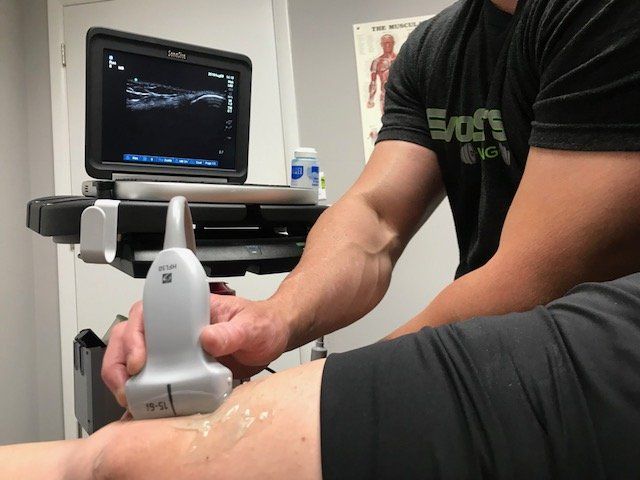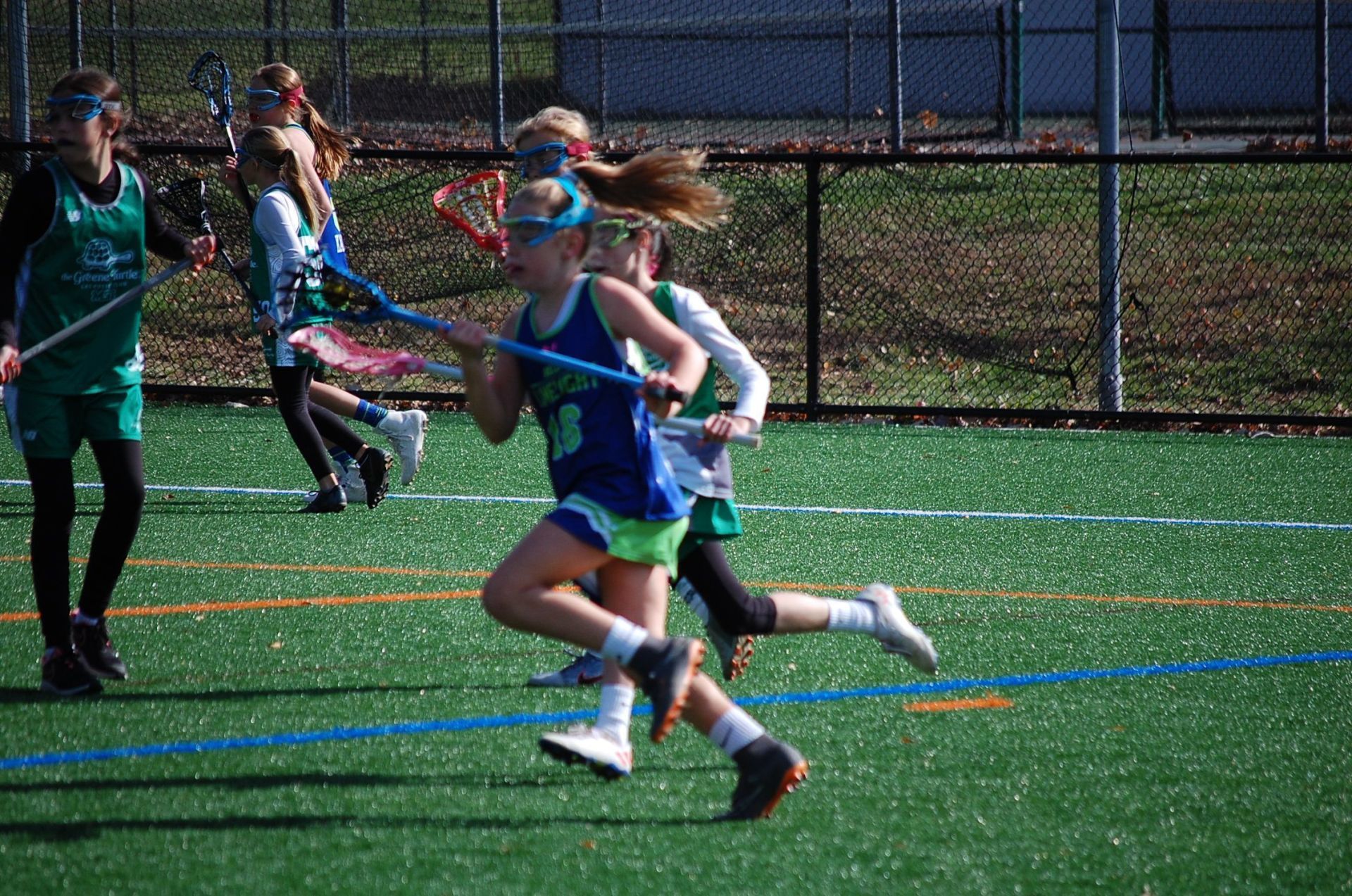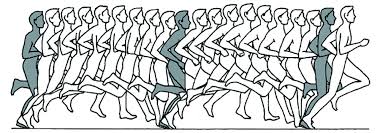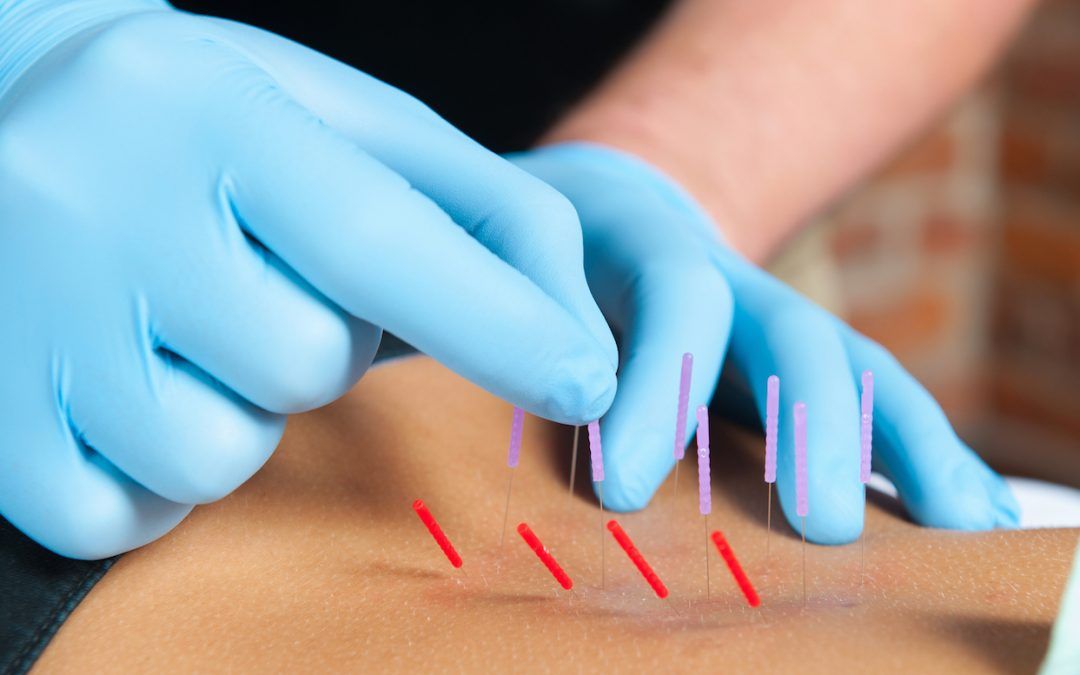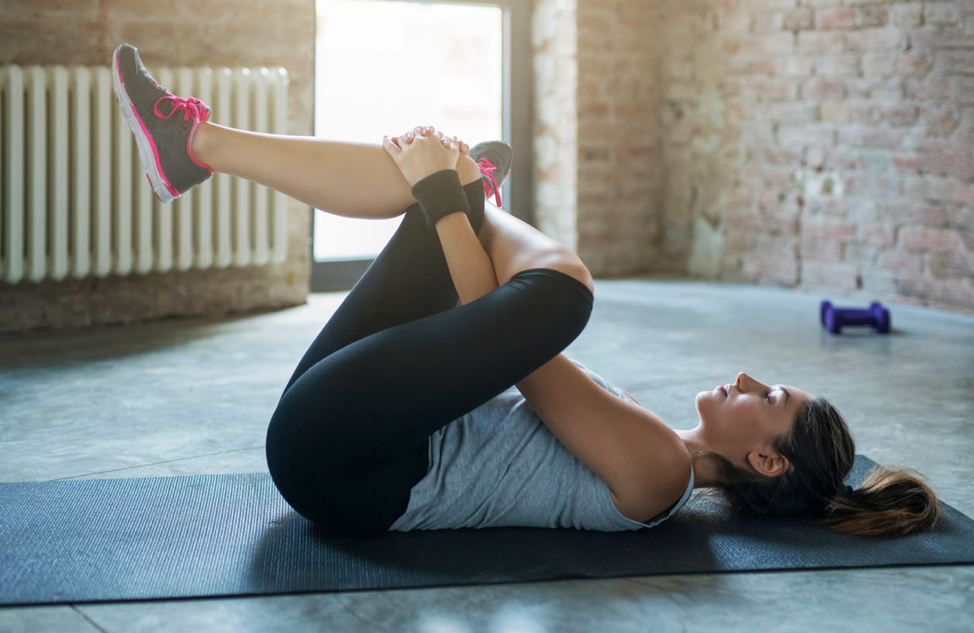Autoregulatory Progressive Resistance Exercise (APRE)
How to Individualize Your Training Program for Maximum Gains
The Autoregulatory Progressive Resistance Exercise(APRE) program was created by Dr. Bryan Mann, which he adapted from Dr. K.L. Knight (DAPRE) and Mel Siff (APRE). The whole concept of Dr. K.L. Knight and Mel Siff’s program design was that the number of repetitions performed determined the weight that the athlete would use the next set or the following week (Verkoshansky & Siff, 2009, p. 259). The purpose of this design was to increase the weight based off the progress of the athlete. This style of training is superior to a traditional linear based program because it auto-regulates the program based on how the athlete is feeling that day. There are many stressors that will effect how athletes perform that day, sleep, how much they ate, school, relationships etc., APRE takes these into consideration.
APRE has three different programs depending on the desired physiological adaptations that need to be achieved. APRE10 would be used for athletes that need more hypertrophy (muscle gain) or endurance athletes. APRE 6 would be used for athletes that need hypertrophy and strength gains. APRE3 would be used for athletes that need to get stronger.
HOW IT WORKS
For each of the APRE programs, the warm up weights are based off of repetition maximum of the specific program. For example, APRE3 is base off the athlete’s 3RM or 92% of their 1RM (APRE6-82%; APRE10-75%). The workout consists of a warm up, a set at 50%, and a set of 75% with the number of repetitions expressed (Table 1). The third set would be the first maximal set, for this set the athlete wants to get as many repetitions as they can. This is because the number of repetitions they get determines what weight they use for the fourth set (Table 2). For example, if an athlete is using APRE6 and for their third set they squatted 300lbs for 10 repetitions, the weight they would use for their fourth set would be 305-310lbs. The fourth set is also a maximal effort set, where the athlete performs as many repetitions as they can. The next week the athlete’s first max out set would be the fourth set from the week prior and follow the same protocol.
| Table 1. The APRE routines. |
|||
| Set |
3RM routine |
6RM routine |
10RM routine |
| 0 |
Warm up |
Warm up |
Warm up |
| 1 |
6 reps at 50% 3RM |
10 reps at 50% 6RM |
12 Reps at 50% 10RM |
| 2 |
3 reps at 75% 3RM |
6 reps at 75% 6RM |
10 reps at 75% 10RM |
| 3 |
Reps to failure at 3RM |
Reps to failure at 6RM |
Reps to failure at 10RM |
| 4 |
Adjusted reps to failure |
Adjusted reps to failure |
Adjusted reps to failure |
| Table 2. The adjustment table for APRE |
|||||
| 3RM routine |
6RM routine |
10RM routine |
|||
| Repetitions |
Set 4 |
Repetitions |
Set 4 |
Repetitions |
Set 4 |
| 1-2 |
Decrease 5-10lbs |
0-2 |
Decrease 5-10lbs |
4-6 |
Decrease 5-10lbs |
| 3-4 |
Same |
3-4 |
Decrease 0-5lbs |
7-8 |
Decrease 0-5lbs |
| 5-6 |
Increase 5-10lbs |
5-7 |
Same |
9-11 |
Same |
| 7+ |
Increase 10-15lbs |
8-12 |
Increase 5-10lbs |
12-16 |
Increase 5-10lbs |
| 13+ |
Increase 10-15lbs |
17+ |
Increase 10-15lbs |
FINER POINTS
There are a couple of points that you want to take into consideration when you decide to run APRE. The first point that you or your coach wants to take into consideration is that form may break down during the maximal effort sets. Any time there is a maximal effort set, whether it’s for 1 rep or 20 reps, fatigue sets in, this could cause the weak areas in form to be exposed. Your coach or training partners should recognize these flaws and stop the set. Once weak areas are exposed, identify and add accessory exercises to correct them.
The second point that you want to consider when running APRE is that you want a good coach or training partner. You want them not only to check form but psychological support. When you have a good group around you, you will push harder than if you are lifting by yourself. For instance, if you are tired or having a bad day they can help motivate you to push harder. This brings out the competitive spirit in almost everyone. Training partners are not the only psychological effect you may experience, when you run APRE you set different repetition records every week. Use this momentum to help push your strength and hypertrophy gains further.
The last point to consider when running APRE is for female athletes or athletes that have lower maxes. When you have a lower max a 15 lbs. jump between your maximal sets may be too much. For instance, if you have a 100 lbs. bench press your first max set may be 80 lbs. If you add 15lbs because you got 13 reps that would put you at 95 lbs. or 95% of your 1RM. This is not feasible for most lifters to try and get multiple repetitions with. Be cautious with your jumps from one max set to the next and take into consideration what percent that may be of your one repetition maximum.
THE WAY THAT I HAVE USED APRE
I have the pleasure of knowing Dr. Mann personally and I’m happy to call him a friend of mine. I have used APRE for the past 5 years with teams that I have worked with and results are always incredible. I have seen athletes add over a 100lbs to their squat in less than a year alone. So the methods obviously work.
When I was at Southeast Missouri State I was the only strength coach for football so I had to change up the routines a little bit because I couldn’t change 100 programs every week. Talking to Dr. Mann, I decided to add some linear block periodization to APRE. I would run athletes through three week block going up 2.5% each week taking all percentages from their predicted 1RM. Week 1 the athletes would squat 75% for their first max set of APRE6. For example, if you have an athlete who has a 300lbs 1RM, 82% (6RM) would be 246lbs. Then take a training max of 90% to allow for growth to get 221lbs. This works out well because 75% of 300lbs is 225lbs. To allow for growth I would then program week 2 at 77% (231lbs) and week 3 at 80% (240lbs) to anticipate growth. Week 4-6 I would repeat the percentages and just add 2.5% (77%, 80%, 82%). Increasing by 2.5% each week anticipates making your fourth set your first max set for the next week.
One other thing that I wanted to add to APRE was another set to break up some of the big jumps leading up to the max sets, I personally do not like making huge jumps in weights. In table 1 you see that the athlete goes from 50% to 75% to 92% for APRE3. An athlete with a 400 lb deadlift would lift 184 lbs for 6 reps for the first set, 276 lbs for 3 reps for their second set, and 368 lbs for their third set. I did not care for these big jumps, so I would make the first set of 6 reps at 50% (200 lbs), the second set of 3 reps at 70% (280 lbs), the third set of 1 rep at 77% (308 lbs), and the first max out set at 85% (340 lbs) for the first week. These jumps are more manageable for most athletes than making 100 lbs jumps each set. For APRE6 the repetitions for each set would be 10reps, 6reps, and 3reps, then the max sets. Adding an extra set may not work for everyone but from my experience it has worked out really well.
APRE is a very good program if you are looking to get stronger, put on some size, and see results quickly. This program is good for all levels of training experience, from the beginner to the advance lifter going through a hypertrophy phase. Find good training partners or a good coach that will push you for each sets to get the full benefit.
The Strength Coaches at Evolution Sports understand how to implement a number of training methodologies into an individualized program that will help maximize your training and achievement of training goals. If you have an interest in finding out what they can do for you visit our Strength and Conditioning home pageor contact them directly.
REFERENCE:
Mann, B., Dr. (2011). The APRE: the scientifically proven fastest way to get strong.
Verkhoshansky, Y., & Siff, M. C. (2009). Supertraining (6th ed.) Rome, Italy: Verkhoshansky

